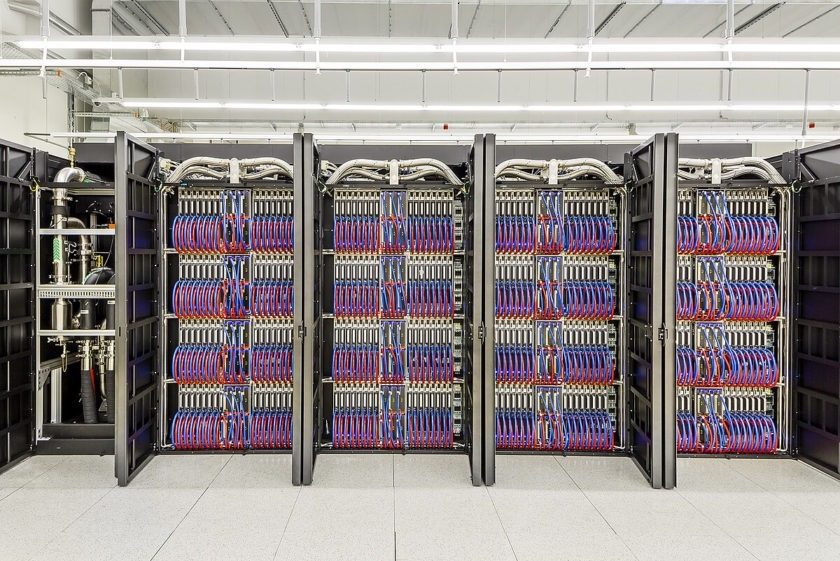It seems like yesterday when I saw my first network automation presentation at a conference. I remember it very well; it was in 2015 at the Cisco Network Innovation Summit in Prague. Mr. Tim Szigeti was presenting the first version of the Cisco APIC-EM, the future Cisco Digital Network Architecture (DNA) controller. I talked already about it in a previous article, written in 2018, about my journey toward network programmability and automation.
After its presentation, and for many years afterward, the question was on everyone’s lips:
- Is this the end of network engineering as we know it?
- Will automation put the network engineers out of work?
- Will network engineers all be replaced by controllers?
2015-2019, the SDN age
These were legitimate questions, and a real concern for many people between 2015 and 2019. It must also be said that the marketing of vendors and companies providing SDN, or automation solutions wasn’t helping. For instance, I remember very well a whitepaper done by a vendor, that I won’t mention the name here, talking about reducing the operating human costs by 80%, thanks to “intelligent networks capable of repairing themselves”.
Of course, I was asking myself questions too, but not exactly in the same direction: I’ve always thought that the network engineering role needed to evolve. In 2015, for over twenty years, copying and pasting from a text template to a CLI has been the norm for network engineers. And Notepad was the most common text editor. I’m exaggerating a bit, but we must all admit that Putty and Notepad are still the number one tools in many expert-level exams. On the other end, systems administrators can move virtual servers or containers from one data center to another in two clicks. Our industry needed to evolve, and it has!
Today, the AI/ML era
Today, in 2024, network automation has effectively transformed the day-to-day work of network engineers. But rather than replacing jobs, automation has increased engineers’ capabilities. It helps us focus on complex problems and leave repetitive tasks to the side. Today, nobody changes a similar part of a configuration by hand to 200 network devices. These kinds of tasks are automated, leaving engineers more time for creativity and innovation. It’s a fact, it’s a very good thing, and it’s continuing to evolve.
In this new automation era, we’ve acquired new skills, like coding, or how to build a CI/CD pipeline. We also use new tools, like Git, Ansible, NetBox, Postman, Vault, etc. And also maybe the network controller of your favorite vendor. At the same time, the core knowledge of network engineering is still necessary to properly design and operate a network. I’m talking here about knowing the different routing protocols and when using one more than another, the different cabling solutions and optical transceivers, the end-to-end QoS requirements and constraints, the differences in traffic patterns between a data center and a campus network, the different WAN optimizations solutions and path selection, how to do a tcpdump, where to do it, and how to interpret the output. There are so many other things I don’t mention here but you get it. All the knowledge that makes a network engineer indispensable.
Conclusions
That’s why, when I read or hear concerns about AI replacing network engineering jobs, I’m not worried. What’s more, working in an HPC center where we’re currently building one of the world’s most powerful future AI/ML machines, I can tell you that, also here, there is a real need for qualified network engineers.
But I think that’s the key, and the conclusion of my article: the industry needs qualified engineers! So it’s essential to keep an open mindset, stay curious, embrace changes, adapt quickly, and keep learning.
Keep learning and labbing my friends, knowledge is power.
Header photo: The first cabinets of the “Alps” AI/ML research infrastructure, by CSCS – Swiss National Supercomputing Centre

Great post!
Back in the 90’s I was a break/fix network engineer working for Bay Networks in the UK, there was the concept of “self healing” in ATM networks, which scared the daylights out of me at the time. Suffice to say, irrespective of the rapid rise and fall of ATM, these networks still had to be designed, implemented and maintained.
Today is a little different. AI is not ATM, will design, troubleshoot, fix networks and not follow the same technical trajectory of ATM. So where does that leave network engineers?
AI will not replace an network engineer, a network engineer that knows AI will replace network engineerS. So, it is essential to keep an open mindset, stay curious, embrace changes, adapt quickly, and keep learning 😉
P.s. Great article….